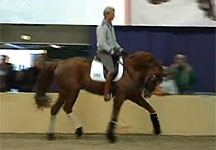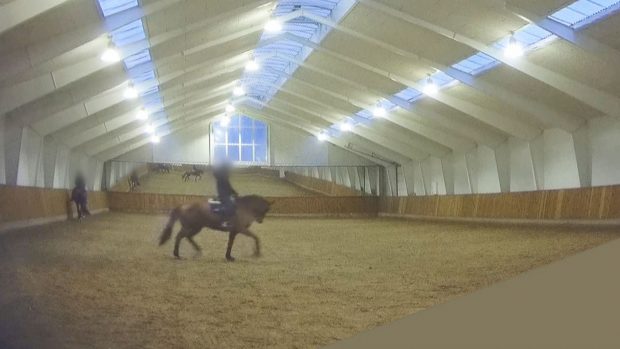More research being done into rollkur will help to clarify whether the controversial training method constitutes abuse of the horse.
This will also put to rest the minds of hundreds of equestrians who raise concerns whenever this practice — riding the horse overbent from the wither along the poll — takes place in public.
A spokesman for the International Equestrian Federation (FEI) said it still has no official position on rollkur, but is “working to create guidelines for stewards so it can spot extreme usage”.
The rollkur debate has been rumbling since 2005. Following its re-emergence in October, the FEI announced that stewards must enforce welfare rules more robustly.
Under these rules, abuse of the horse is categorised as: rapping, riding an exhausted horse, excessive pressing of a tired horse, riding an obviously lame horse and excessive use of whip and/or spurs.
But what level of use of rollkur constitutes abuse is undetermined — and the FEI has still not announced a clear plan to investigate it scientifically.
World Horse Welfare chief executive Roly Owers said: “We will be providing opinion and will encourage the FEI to carry out robust scientific research on the implications of training techniques using hyperflexion.”
But Dr Sue Dyson, from the Animal Health Trust, said: “There is little hard evidence to show there is anything wrong with rollkur if it is done well.
“If you have a horse in any position for a long period it’s going to tire, which leads to injury. But you could say that working in any manner will do that.
“We see show jumpers warming up using draw reins, but nothing is said.”
This news story was first published in Horse & Hound (3 December, ’09)



